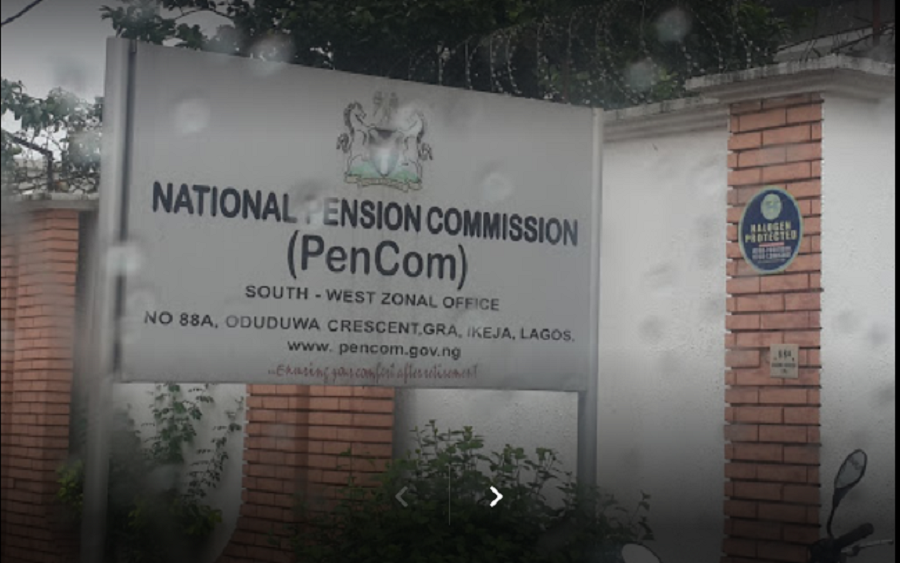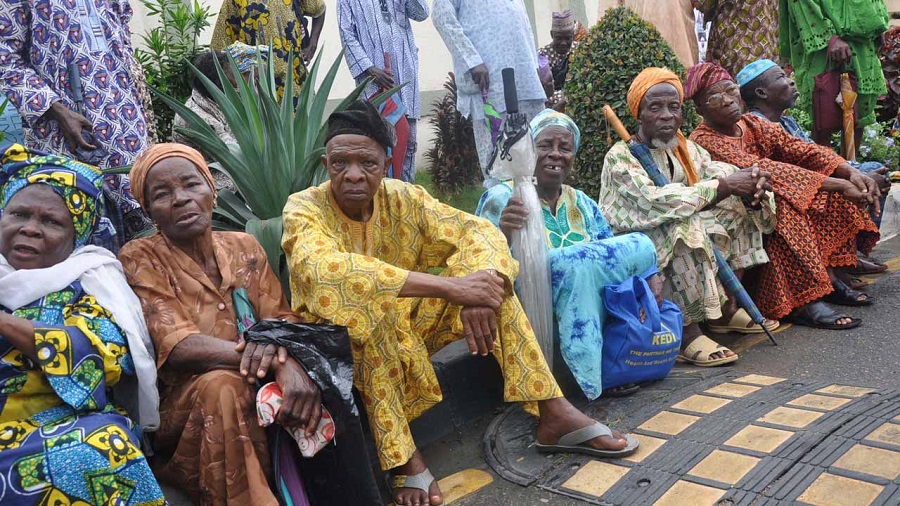The summary of Pension Fund Assets shows that Pension contributors hit 8.56m in February 2019. When compared to the 8.4m plus contributors that had been maintained since December, it can be seen that the number of pension account holders has increased by 1 percent in just one month.
Also, the National Pension Commission (PenCom) report covering February 2019 shows that investments in the Federal Government of Nigeria (FGN) securities hit N6.51trn, up from N6.37trn recorded in the previous month.
According to the latest PenCom report, FGN Securities constitute 73.12 percent of the total Pension Assets Class. A further breakdown shows that FGN Bonds top the asset class under the FGN securities, with N4.49trn; implying 50.43% of the total FGN security.
The analysis implies that a higher proportion of Pension contributions under the FGN securities are invested in Bonds. Similarly, Treasury Bills (T-bills) is the second most invested with N1.90trn, representing 21.4 percent. Other items under the FGN securities include Agency Bonds, Sukuk, and Green Bonds.
RSA up by 2%: PenCom data also shows that funds in the Retirement Savings Account increased by 2% between January and February 2019. In January, total RSA funds stood at N6.66trn, while it increased to N6.78trn in the period under review. Meanwhile, Nairametrics earlier reported that the sum of N7.42 billion was remitted into the Retirement Savings Accounts (RSA) in the fourth quarter of 2018.
In the report, it was revealed that RSA funds were remitted into 966,155 employees’ accounts, across 2,044 organizations.
Contributors upsurge: As mentioned earlier, the total number of account holders in Nigeria’s Contributory Pension Scheme hits 8.56m in February 2019. It should be noted that the total number of account holders on the contributory pension scheme has been hovering around 8.4m since the fourth quarter of 2018.
PenCom in its Q4 report released last month explained that the growth in the industry membership was driven by the Retirement Savings Account (RSA) Scheme, which had an increase of 138,236 contributors representing 1.64 percent during the period.
Worrying Statistics: Further analysis and breakdown of contributors under age 30 improved by 2 percent from 799,169 in January 2019, to 816,656 in February. However, this figure is still low when compared to the other age groups in the report.
In total, contributors under age 30 constituted only 10 percent of the total contributory pension scheme. Specifically, contributors aged 30 and 39 years record the highest with 36 percent of total pension scheme contributors while contributors aged 40 and 49 ranks second.
The statistics further corroborated Nairametrics’ earlier analysis of the low rate of contributors under age 30. According to Nairametrics, the way pensions are designed, the younger your contributors the better the pension funds. This is because younger people contribute for longer periods, ensuring that pension fund assets are robust enough for investments.
“With younger people now comprising much less, the pressure is now on those aged 40 years and above to sustain Nigeria’s pension fund industry.”
The Upshots: The 8.5million mark contributors is indeed a welcome development. However, this only represents 12% of the population of employed people in Nigeria. According to the National Bureau of Statistics (NBS) unemployment data for the third quarter of 2018, the total number of Nigerians employed in both full and part-time stood at 69.6million. This implies that a whopping 61 million employed Nigerians are not captured under the contributory pension scheme. In other words, 89 percent of employed Nigerians are not within the Nigerian pension scheme.
Similarly, the low rate of under 30 contributors is not also good for the country. If the trend of under 30 contributors is not reversed, it means in future, Pension scheme in Nigeria is laced with a high level of growth uncertainties.



















I am under 30 and if pensioning wasn’t statutory I wouldn’t even bother about them.
This is because, in my opinion, there’s a lack of transparency and accountability in that sector, ESPECIALLY IN NIGERIA.
Case in point, most, if not all, pensions were wiped out after the 2008 crises. It isn’t encouraging.